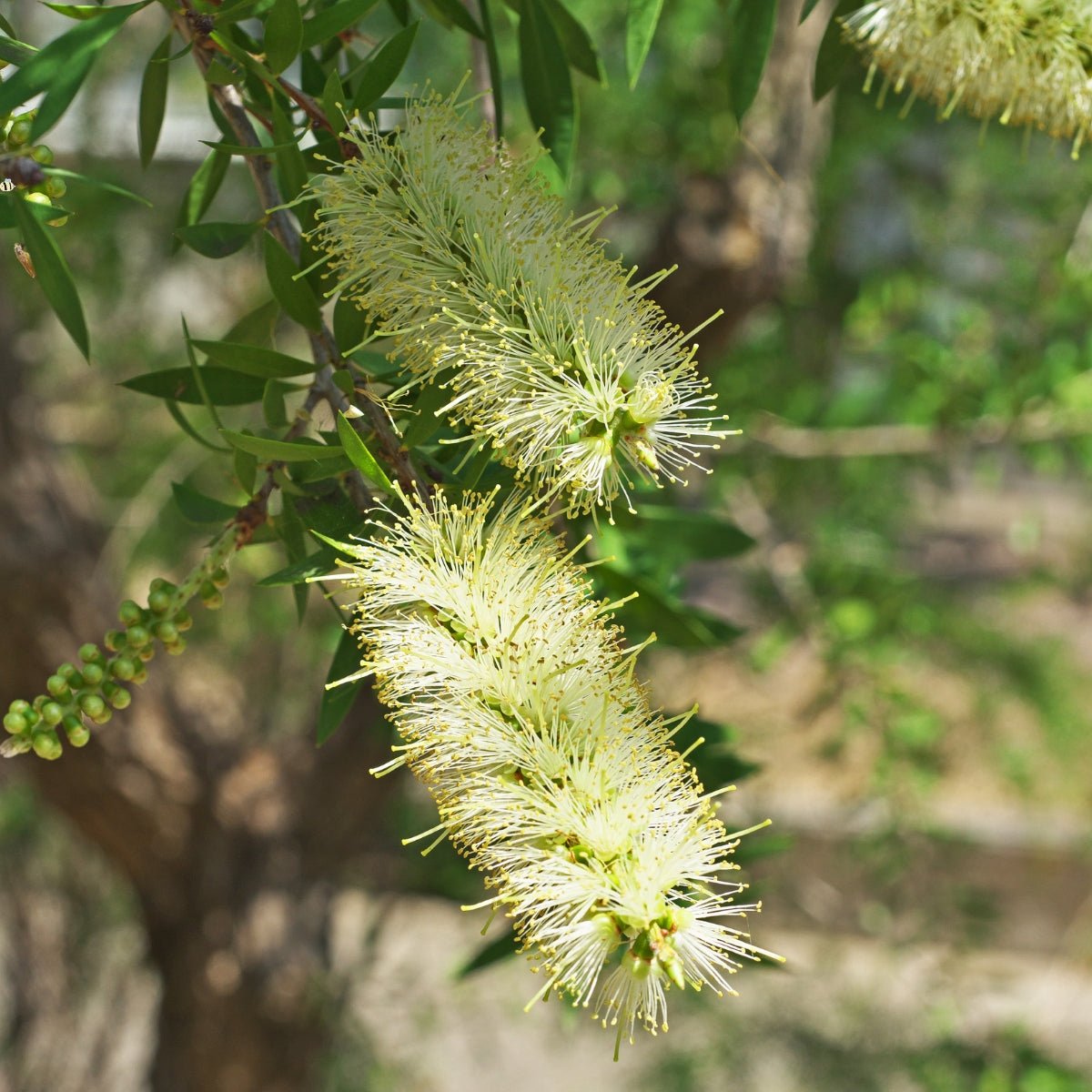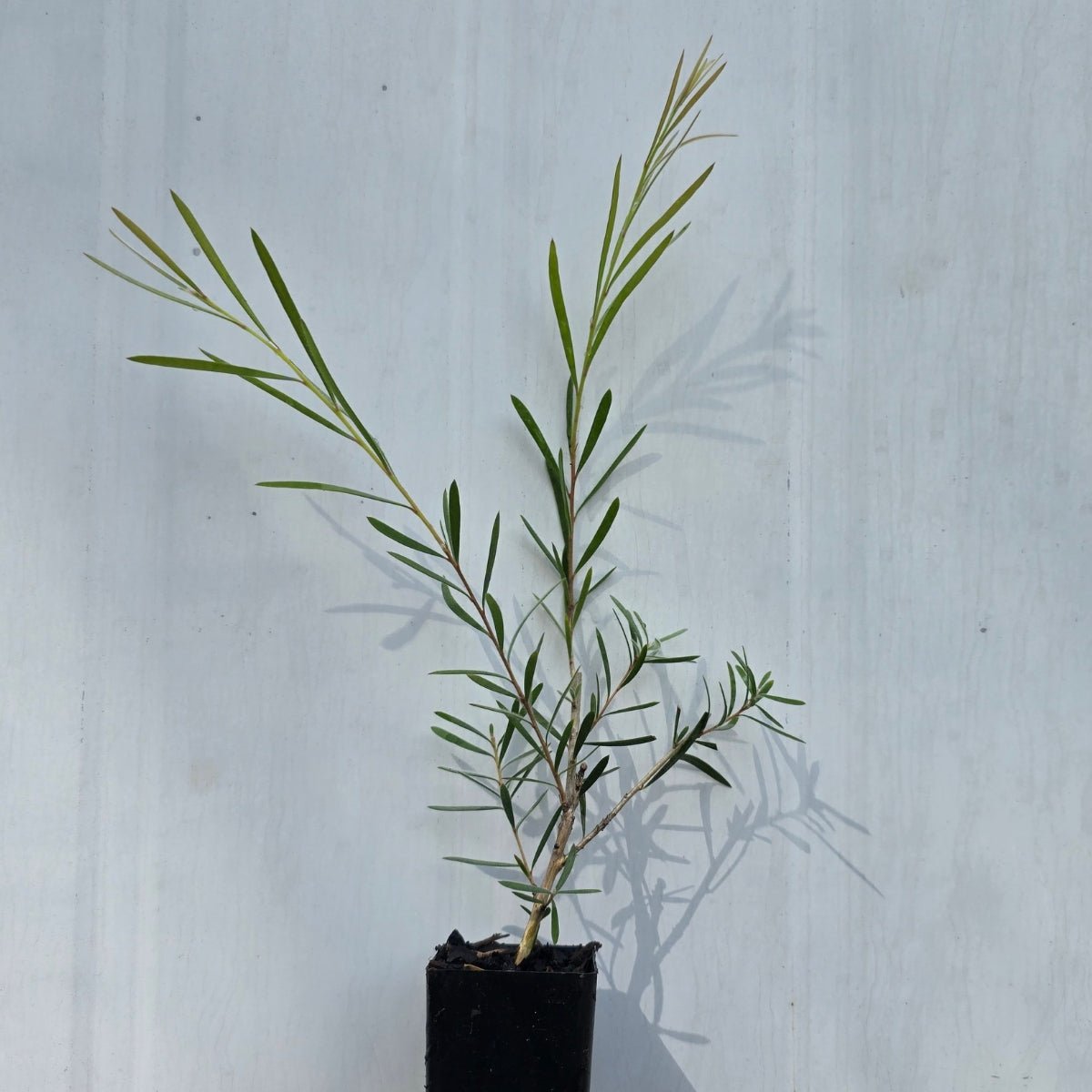

Description
Bring vibrant native beauty to your garden with the Callistemon pachyphyllus ‘Green’, also known as the Green Wallum Bottlebrush. This evergreen Australian shrub features rare lime-green bottlebrush flowers, soft weeping foliage, and a dense growing habit that makes it ideal for native landscapes, hedges, or coastal plantings. Supplied as a healthy live plant in a 42mm pot, it's a tough performer that blooms generously and attracts birds, bees, and butterflies to your space.
Key Features
-
Flowering: Pale lime-green bottlebrush flowers in spring and autumn with spot flowering year-round.
-
Growth Habit: Compact, rounded, and soft weeping form reaching 1.5–2 m in height and width.
-
Drought & Frost Tolerant: Performs well in dry, coastal, or lightly frosty environments.
-
Soil Adaptability: Thrives in poor, sandy, or waterlogged soils with excellent drainage tolerance.
-
Wildlife Attraction: A magnet for nectar-loving birds, bees, and butterflies.
-
Low Maintenance: Minimal pruning needed; simply dead-head to encourage more flowering.
Why You’ll Love It
-
Unique Color Appeal: Lime-green blooms are rare among bottlebrush plants, offering standout garden appeal.
-
Versatile Placement: Ideal for borders, native gardens, coastal plantings, or as a compact screening hedge.
-
Eco-Friendly Landscaping: Australian native that supports pollinators and biodiversity.
-
Hardy Performer: Resilient across a wide range of soil types and weather conditions.
Care & Maintenance
-
Sunlight: Prefers full sun to light shade.
-
Watering: Low water requirements once established. Water well until roots are settled.
-
Feeding: Use a low-phosphorus native plant fertilizer in spring.
-
Pruning: Lightly trim after flowering to encourage bushy growth and more blooms.
FAQs
Q: Is this a live plant?
A: Yes, it's supplied as a healthy live plant in a 42mm pot, ready to transplant into your garden or larger container.
Q: How tall does it grow?
A: It typically reaches 1.5–2 m tall and wide, making it perfect for low hedges or background planting.
Q: How often does it flower?
A: Expect mass blooms in spring and autumn, with scattered flowering through other seasons if dead-headed.
Q: Can it handle harsh conditions?
A: Absolutely! It's drought-tolerant, frost-hardy, and thrives in poor or wet soils—ideal for tough garden spots.
Q: Will it attract birds or insects?
A: Yes, it's a favorite among nectar-feeding birds, bees, and butterflies.




